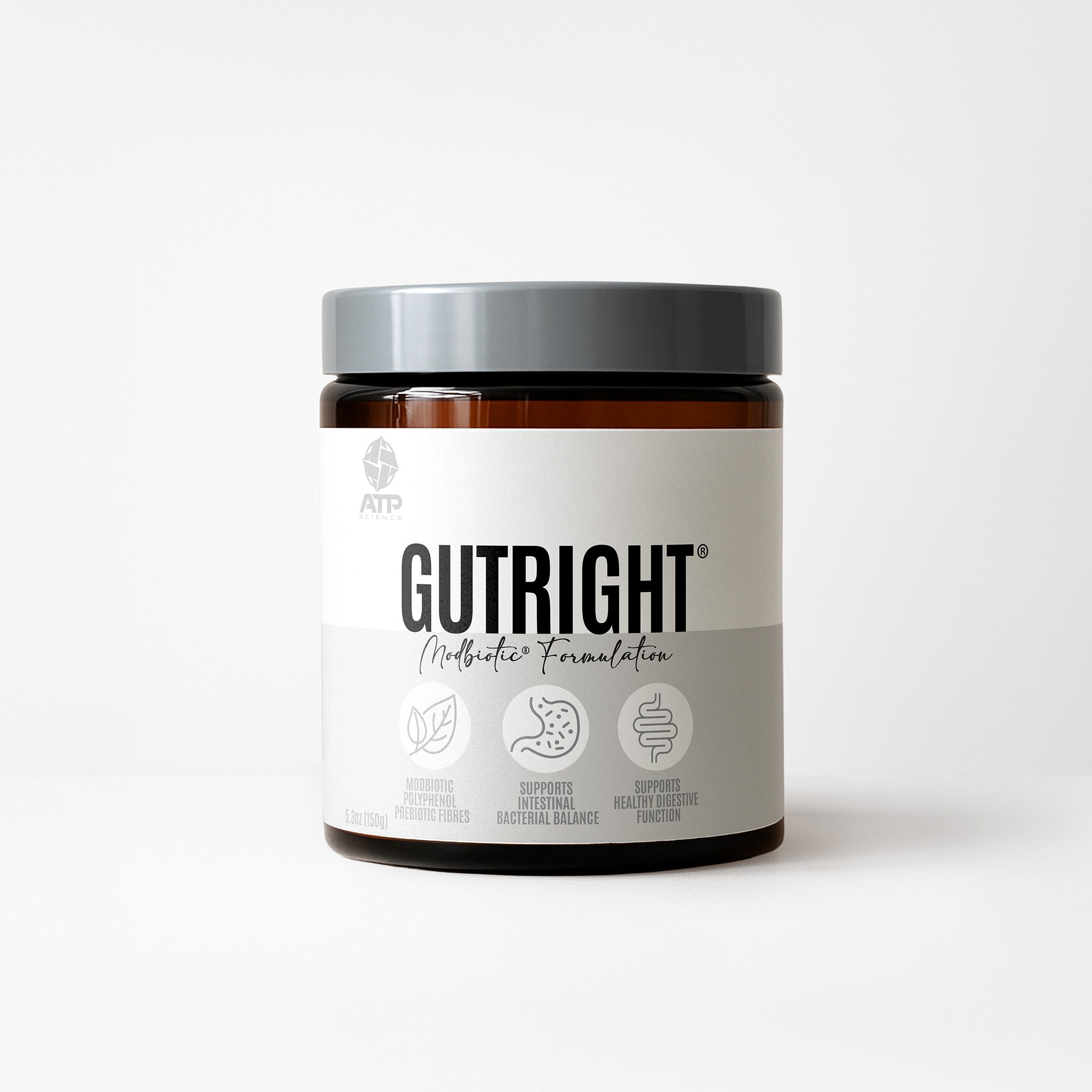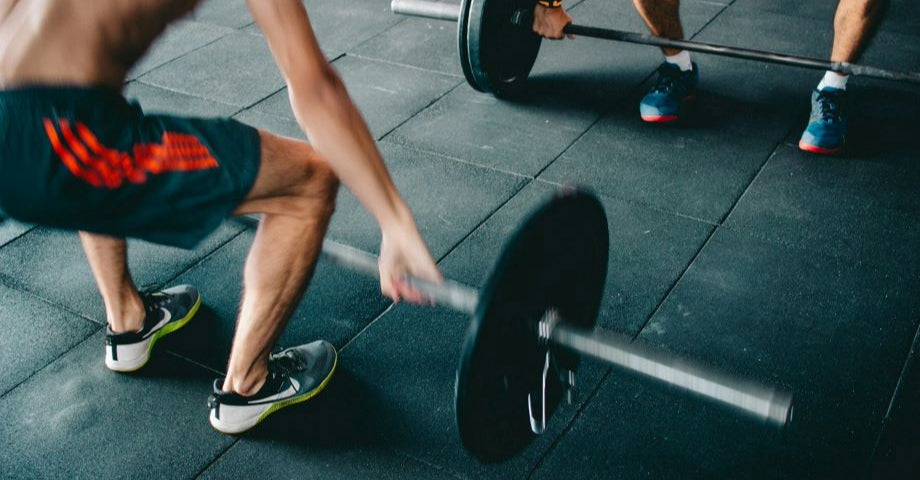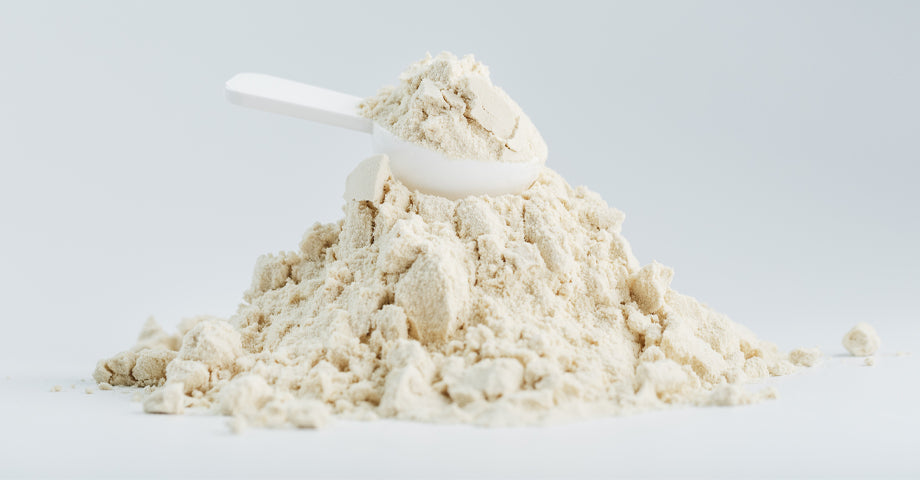Peppermint Power
Get ready for a serious deep dive into history, if you thought you knew all there is to know about the humble peppermint keep reading as you may just be surprised at how amazing this plant actually is.
Mint, more specifically peppermint, has been used and discussed by ancient physicians and philosophers for almost 4000 years. The oldest known written descriptions of mints were penned by King Hammurabi of ancient Babylon (1800 BC), who prescribed them for disorders of the gastrointestinal tract. [1] Still to this day modern naturopaths and herbalists use peppermint for some gastrointestinal disorders. Gaius Plinius Secundus described a wide use of peppermint for natural health uses in his famous book Naturalis Historia [2]. The proposed benefits and knowledge of this amazing plant spread like wildfire in 356 BC-333 BC involving the exploits of Alexander the Great, followed by the knowledge being further shared via the Crusades [3]. Even the Bible mentions this amazing plant (Mint). “Woe to you, scribes and Pharisees, hypocrites! For you tithe mint, dill, and cumin, and have left undone the weightier matters of the Law: justice, mercy, and faith” (Matthew 23:23).
Fast-forward a few centuries, the essential oil of peppermint even made it into a Paul Cezanne painting titled "Still Life with Peppermint Bottle” [4]. Charles Darwin (yes, the evolution guy) also used peppermint oil for his studies on botanicals [5]. In the 19th century, peppermint was used as a go to plant for numerous conditions and as one of two treatments for a variety of painful conditions paired with opium (or morphine which is the main component of opium). [6] Inflammatory conditions were (and still are in some traditional medicine practices) considered to be “hot” and in need of “cooling” therefore, it was thought that peppermint would bring a cooling property to the disease process. With these uses, peppermint became included in many different treatment protocols. [7]
The Beneficial Properties of Peppermint – The Gut
One of the early great physicians used mints to help with digestive complaints. Paulus Aegineta used mints extensively for the treatment of stomach-related problems. He advised drinking ‘a draught of juice of endive sprinkled with mint’ or ‘a mixture of juice of kernel, pomegranate and mint’.[8] Recent scientific evidence has confirmed the early physician's suspicions, finding that peppermint increases gastric emptying and improves digestion.[9] Peppermint is also excellent for reducing nausea, even chemotherapeutic-induced nausea and vomiting can be curbed by peppermint.[10]
Getting more oxygen = increased performance
For energy to be created in the human body, we need to break down calories such as carbohydrates and fats.
There are two ways of doing this:
- Breakdown of glucose without oxygen (known as anaerobic metabolism). This is the primary energy used by Usain Bolt when he runs 100m in under 10 seconds. It was needed in caveman days when humans were asked to either fight or flight.
- The most common way we make energy is aerobically (combining calories with oxygen). This is done simply by breathing in good quality oxygen and consuming a balanced diet. How could peppermint help? Well, research shows that peppermint not only suppresses coughs but also dilates the bronchioles, which in turn lets more oxygen in the body.[11] Opening up the lungs lets more oxygen into the body, when paired with eating well this unlocks a formula for better energy levels.
Peppermint essential oil on physiological parameters and exercise performance
Theoretically, taking peppermint oil should help with strength and performance. The best way to test this is to get a bunch of crazy, fit university students, which is exactly what a bunch of researchers did! Thirty healthy male university students were randomly divided into experimental (n=15) and control (n=15) groups. They measured a bunch of physical and physiological measurements in both groups such as maximum isometric grip force, vertical and long jumps, spirometric parameters, visual and audio reaction times, blood pressure, heart rate, and breath rate. These measures were recorded three times: before, five minutes, and one hour after a single-dose oral administration of peppermint essential oil (50 µl).
The results were nothing short of amazing! There was a super-impressive 36.1% increase in grip strength in the group that consumed the peppermint oil. They also jumped 7% higher and increased their standing long jump by 6.4%. [12] Interestingly, all these activities are considered anaerobic exercise, which indicates that as well as opening up our airways to the benefits of increased oxygen for aerobic exercise, peppermint oil has a fantastic ability to improve our anaerobic and aerobic performance.
The take-home message
In the olden days when physicians treated patients, the methodology was mainly trial and error. These highly intelligent healers of yesteryear worked out that peppermint and other mints had amazing health benefits for all sorts of conditions, mainly focussing on gastrointestinal complaints. Modern science has now revealed peppermint to be one of the most potent agents to improve both anaerobic and aerobic performance. So, if you have a tummy ache or simply want to perform better, don’t overlook the humble peppermint oil.
For more on this topic, watch this episode on YouTube:
Also available on multiple podcast platforms: CHECK THEM OUT
References
[1] Audenaert D., Overvoorde P. Plant. Chemical Biology. John Wiley & Sons; New York, NY, USA: 2013.
[2] Jones W.H.S. Pliny: Natural History, Volume VI: Books 20–23. Loeb Classical Library 392, Harvard University Press; Cambridge, MA, USA: 1951.
[3] Hajar R. The air of history (part II) medicine in the middle ages. Heart Views. 2012;13:158. doi: 10.4103/1995-705X.105744.
[4] Cézanne P. The Peppermint Bottle [Oil on Canvas] National Gallery of Art; Washington, DC, USA: 1895.
[5] Darwin C. The Movements and Habits of Climbing Plants. 2nd ed. John Murray; London, UK: 1875.
[6] Ebert A. The Standard Formulary: A Collection of Nearly Five Thousand Formulas, for Pharmaceutical Preparations, Family Remedies, Toilet Articles, Veterinary Remedies, Soda Fountain Requisites, and Miscellaneous Preparations Especially Adapted to the Requirements. G. P. Engelhard & Co.; Chicago, IL, USA: 1897.
[7] Silva H. A Descriptive Overview of the Medical Uses Given to Mentha Aromatic Herbs throughout History. Biology (Basel). 2020 Dec 21;9(12):484. doi: 10.3390/biology9120484. PMID: 33371310; PMCID: PMC7767097.
[8] Paulus A. The Seven Books of Paulus Aegineta: Translated from the Greek. with a Commentary Embracing a Complete View of the Knowledge Possessed by the Greeks, Romans, and Arabians on All Subjects Connected with Medicine and Surgery by Francis Adams. I. Volume 1 Sydenham Society; Sydenham, UK: 1844.
[9] Inamori M., Akiyama T., Akimoto K., Fujita K., Takahashi H., Yoneda M., Abe Y., Kubota K., Saito S., Ueno N., et al. Early effects of peppermint essential oil on gastric emptying: A crossover study using a continuous real-time 13 C breath test (BreathID system) J. Gastroenterol. 2007;42:539–542. doi: 10.1007/s00535-007-2067-3.
[10] Tayarani-Najaran Z., Talasaz-Firoozi E., Nasiri R., Jalali N., Hassanzadeh M.K. Antiemetic activity of volatile oil from Mentha spicata and Mentha× piperita in chemotherapy-induced nausea and vomiting. Ecancer Med. Sci. 2013;7:290.
[11] Sharma S., Rasal V.P., Patil P.A., Joshi R.K. Mentha arvensis essential oil suppressed airway changes induced by histamine and ovalbumin in experimental animals. Nat. Prod. Res. 2018;32:468–472. doi: 10.1080/14786419.2017.1311891.
[12] Meamarbashi A. Instant effects of peppermint essential oil on the physiological parameters and exercise performance. Avicenna J Phytomed. 2014 Jan;4(1):72-8. PMID: 25050303; PMCID: PMC4103722.


















